BLOGS
Why Urban Planners Should Build More Walkable Communities
In today’s fast-paced world, where cars dominate the streets, and people are constantly rushing from one place to another, it is becoming increasingly important to create communities that encourage a more active and healthier lifestyle. This is where the concept of walkable communities comes into play. Walkable communities are designed to prioritize pedestrians and create a more human-centered environment.
In this article, we will explore what walkable communities are, how they can be achieved, and the numerous benefits they bring to both individuals and society as a whole.
What is a Walkable Community?
A walkable community is a neighborhood or urban area that is designed to be easily navigable by foot. It’s characterized by a mix of residential, commercial, and recreational areas located within close proximity to each other. The design and layout of walkable communities prioritize pedestrian access, allowing residents to easily access amenities, services, and public spaces within walking distance.
Highly walkable neighborhoods typically provide sidewalks, crosswalks, and bike lanes to promote pedestrian and cyclist safety. These communities aim to reduce dependence on cars and encourage alternative modes of transportation such as walking and biking.
How Can We Make Communities More Walkable?
Improving walkability of urban spaces requires a holistic and comprehensive approach to urban planning involving planners, architects, policymakers, and community members. Here are some key strategies that can be implemented to make communities more walkable:
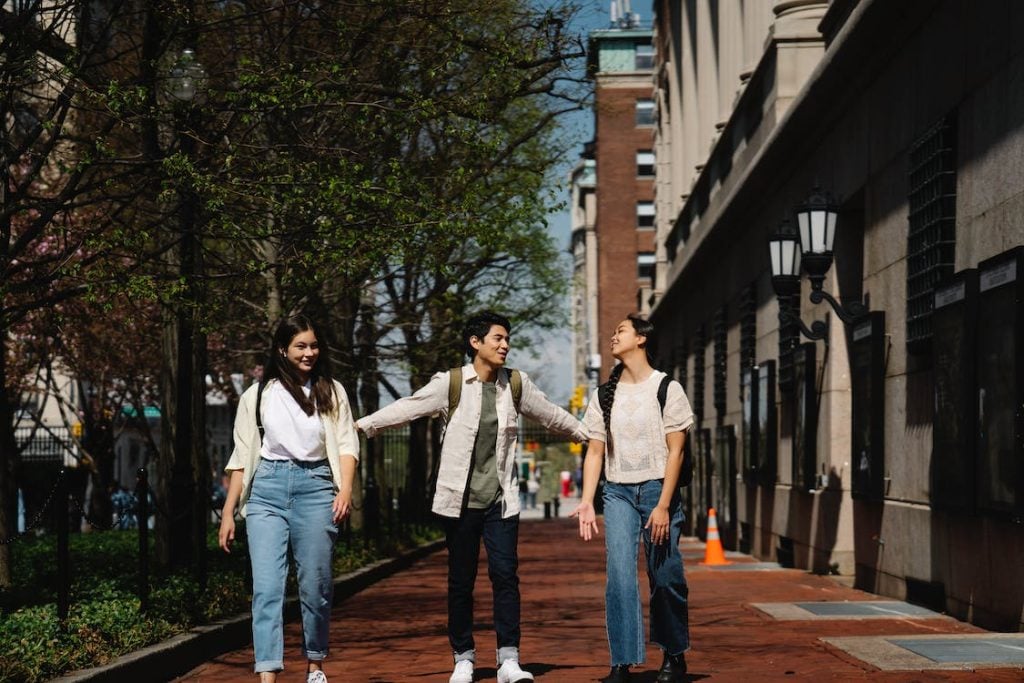
Designing Pedestrian-Friendly Infrastructure
Urban planners should prioritize the needs of pedestrians when designing streets and public spaces. This includes widening sidewalks, installing adequate lighting, and creating safe and accessible crosswalks. Additionally, incorporating green spaces and public parks can also enhance the overall walkability of a community.
Creating and Enforcing Pedestrian-First Policies
Political will is an important aspect of creating a walkable environment as policies that prioritize pedestrians over vehicles should be implemented to ensure pedestrian safety and comfort while walking, which are expected to effectively promote walking as a physical activity.
Policy-makers should implement measures such as limits on traffic speeds, school road closures, pedestrian-only zones, pedestrian-friendly signal timings, and strict enforcement of traffic rules to decrease the speed and volume of traffic.
Encouraging Mixed-Use Developments
By integrating residential, recreational, and commercial areas, walkable communities can reduce the need for long commutes and promote a more active lifestyle through regular physical activity. This can be achieved by zoning laws that encourage mixed-use developments and by providing incentives for developers to incorporate a variety of amenities within walking distance.
Improving Public Transportation
A well-connected and efficient public transportation system is essential for walkable communities. By providing reliable and accessible public transit options, such as buses, trams, or bike-sharing programs, urban planners can reduce the reliance on private cars and encourage people to use alternative modes of transportation. These can be further achieved through infrastructure investments and awareness campaigns.
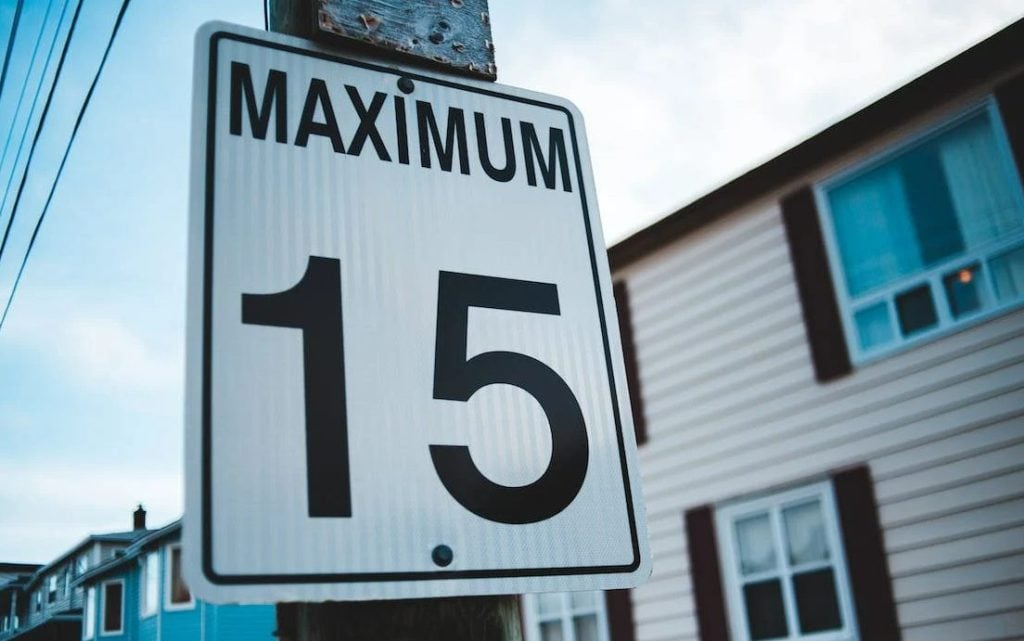
Benefits of Having Walkable Neighborhoods
Having access to a walkable neighborhood significantly improves the quality of life of city dwellers, as they’ll be exposed to a pedestrian environment with better overall health and well-being, and without feelings of isolation due to improved social connections from better opportunities for social interaction.
Fosters Social Interactions
One of the key benefits of walkable communities is that they foster social interactions and a sense of community. When people are out walking, they are more likely to interact with their neighbors, shop owners, and fellow pedestrians. This can lead to increased social cohesion, a stronger sense of belonging, and a greater feeling of safety within the community. Moreover, walkable neighborhoods often host community activities, events, and gatherings, further strengthening the social fabric of the area.
Brings Significant Health Benefits
Walkable communities have profound public health benefits, most notably in physical and mental health.
Regular physical activity, such as walking, has been shown to reduce the risk of heart disease, high blood pressure, obesity, diabetes, and cancer. By prioritizing walkability, these communities encourage individuals to incorporate exercise into their daily lives, leading to lower blood pressure and cholesterol levels, reduced risk of stroke and diabetes, and improved overall physical health.
Walkable communities can also improve mental health and promote happiness. Regular physical activity, like walking, has been shown to have cognitive benefits such as improved mental alertness and memory functioning, particularly in older age. The social engagement and community-building opportunities brought by walkable communities also positively affect mental health.
Boosts Local Economies
Walkable neighborhoods are known to have a positive impact on local economies. By creating a vibrant and pedestrian-friendly environment, these communities attract residents and visitors, leading to increased foot traffic for local businesses. Studies have shown that walkable neighborhoods tend to have higher property values and a higher concentration of small, locally-owned businesses. This, in turn, leads to job creation and economic growth within the community.
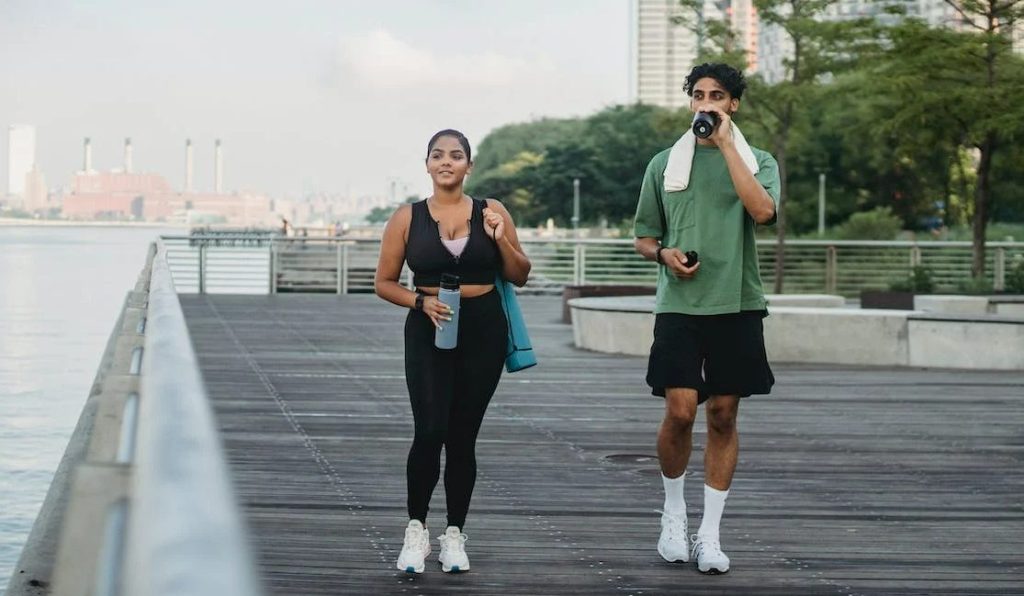
Reduces Traffic Congestion
One of the biggest challenges faced by urban areas is traffic congestion. By creating walkable communities, urban planners can reduce the number of cars on the road, thus alleviating traffic congestion. When people have the option to walk to their destinations, they are less likely to rely on cars for short trips, reducing the overall traffic volume and improving the flow of vehicles on the roads. This not only saves time for commuters but also reduces fuel consumption and greenhouse gas emissions.
Promotes Sustainable Solutions for the Environment
Walkable communities play a crucial role in promoting sustainable solutions for the environment. By encouraging walking and reducing the reliance on cars, these communities help reduce air pollution, noise pollution, and carbon emissions. Additionally, walkable neighborhoods often incorporate green spaces and sustainable design practices, such as rainwater harvesting and energy-efficient buildings, further contributing to environmental sustainability.
5 Walkable Cities in the Philippines
Walkable cities in the Philippines are considered as such because they have implemented various pedestrian-friendly infrastructure and policies. These efforts promote pedestrian safety, enhance accessibility, and encourage walking as a mode of transportation.
Pasig City
Located in Metro Manila, Pasig City is known for its efforts in creating walkable communities. The city has implemented various initiatives to enhance walkability, such as widening sidewalks, constructing bike lanes, and developing pedestrian-friendly public spaces. Pasig City also boasts a number of mixed-use developments, making it easy for residents to access essential amenities within walking distance.
Vigan City
Vigan City, a UNESCO World Heritage Site, is a prime example of a walkable city in the Philippines. The city’s historic center is pedestrian-friendly, with cobblestone streets and well-preserved Spanish colonial buildings. Walking through the streets of Vigan City allows visitors to immerse themselves in the rich history and culture of the Philippines while enjoying the charm of a walkable community.
Iloilo City
Iloilo City, located in the Visayas region, has made significant strides in creating walkable neighborhoods. The city has implemented a comprehensive pedestrianization program, which includes widening sidewalks, installing bike racks, and creating pedestrian-friendly zones. Iloilo City is also known for its vibrant public spaces, such as the Iloilo River Esplanade, where residents can enjoy leisurely walks along the riverfront.
Cebu City
Cebu City, the economic and cultural hub of the Visayas, is another city in the Philippines that has focused on creating walkable communities. The city has invested in infrastructure improvements, such as wider sidewalks and pedestrian bridges, to ensure the safety and convenience of pedestrians. Cebu City also boasts a number of parks and open spaces, providing residents with ample opportunities for outdoor activities and social interactions.
Marikina City
Marikina City, located in Metro Manila, is widely regarded as one of the most walkable cities in the Philippines. The city has implemented a comprehensive pedestrian network, with well-maintained sidewalks, pedestrian bridges, and bike lanes. Marikina City is also known for its commitment to promoting active lifestyles, with numerous parks, sports facilities, and dedicated walking and biking paths.
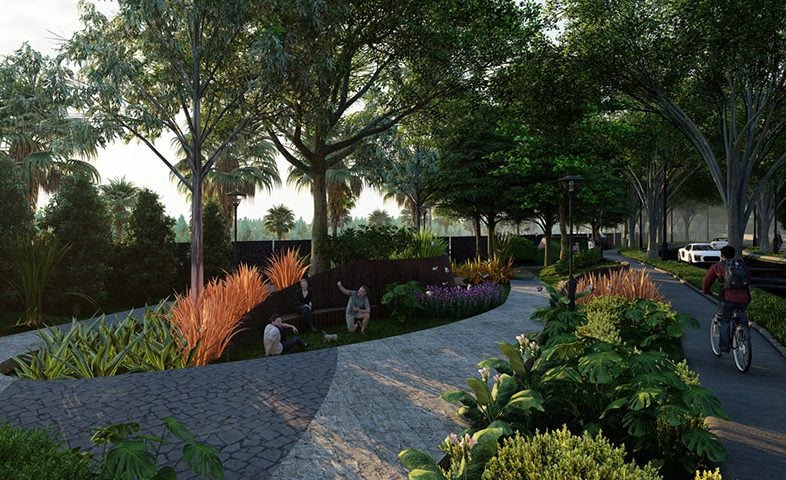
Forresta Villar City: Incorporating Natural Features into an Urban and Luxurious Experience
In conclusion, the development of walkable communities is essential for creating a more sustainable, healthy, and vibrant society. By prioritizing pedestrians and creating a built environment that encourages walking, urban planners can foster social interactions, bring significant health benefits, boost local economies, reduce traffic congestion, and promote sustainable solutions for the environment.
Forresta Villar City is committed to embracing the concept of walkable communities and working towards building a future where walking is not only a mode of transportation but also a way of life. We boast of features and amenities in our ultra-luxury lot for sale in Daang Hari that can make you appreciate our natural resources while living in an urbanized and luxurious residence.
Our walkable and pedestrian-friendly design ensures Forresta is easily navigable by foot, with well-maintained sidewalks, crosswalks, and ample pedestrian infrastructure. This design encourages our residents to walk for their daily needs, such as going to work, running errands, or simply enjoying the outdoors.
The picnic garden provides a space for residents to gather, relax, and socialize, fostering a sense of community and promoting social interaction. It can also serve as a venue for community events and activities, further encouraging residents to walk and spend time together.
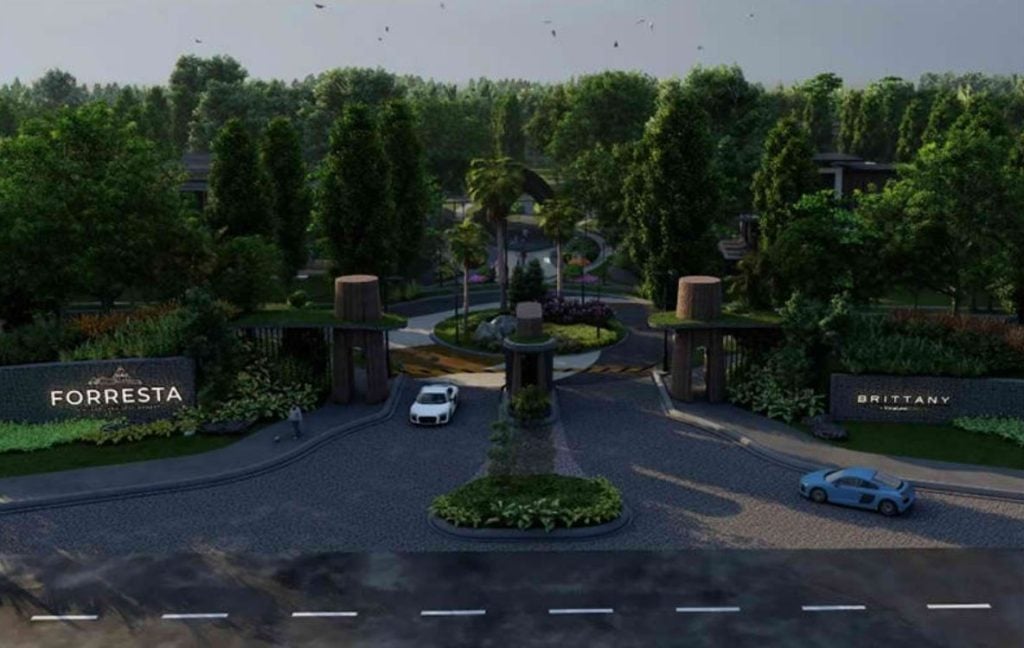
The jogging/biking trail offers a dedicated path for pedestrians and cyclists, providing a safe and enjoyable route for exercise and recreation. This trail not only promotes physical activity but also offers an alternative mode of transportation, reducing reliance on cars and promoting a healthier lifestyle.
Parks and open spaces are essential components of walkable communities as they provide green areas for residents to unwind, connect with nature, and engage in physical activities. These spaces can offer amenities such as playgrounds, sports facilities, and seating areas, enhancing the overall walkability and livability of the community.
Indeed, the community we build can create a vibrant, pedestrian-friendly environment that encourages walking, promotes physical activity, fosters social interaction, and enhances the overall well-being of its residents. Explore luxurious options for housing that fit your exquisite taste at Brittany Corporation. Learn more about us by scheduling an appointment or visiting our LinkedIn and YouTube profiles.
Suggested Read: Economic And Environmental Benefits of Walkable Communities
Suggested Read: Proposed Sustainable Cities and Communities Act
Suggested Read: Why You should Consider Living Close to Nature
Suggested Read: Walkable Communities: New Housing Trend
Suggested Read: Forresta Future Developments

















